Büro Ole Scheeren’s Guardian Art Center completes in Beijing
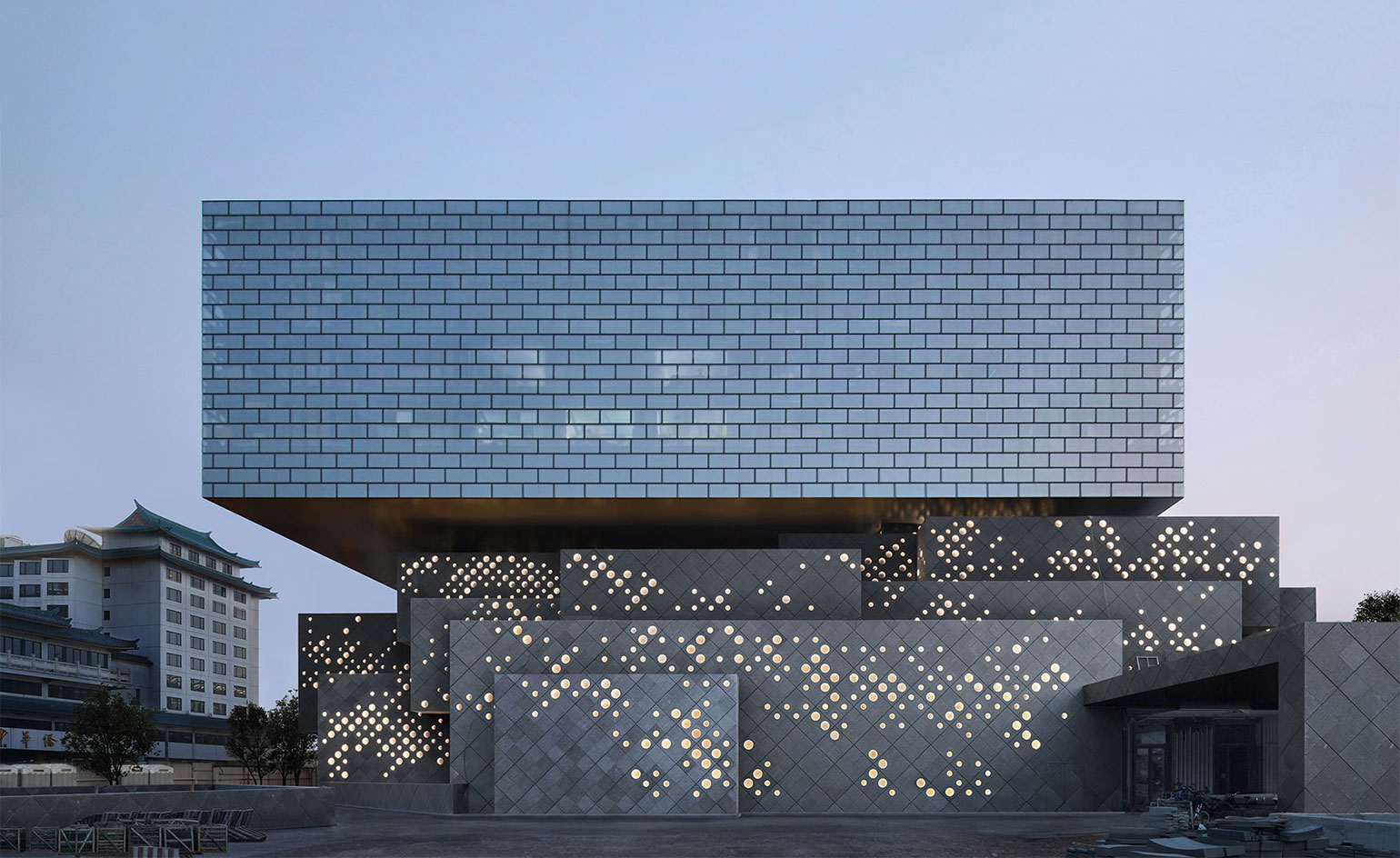
Strategically positioned at the boundary of Beijing’s Forbidden City, Büro Ole Scheeren’s Guardian Art Center is a contemporary response to Chinese cultural history and a new anchor for the community.
The layered structure of interlocking volumes constructed of grey stone, glass bricks and steel is a cool addition to the historic area, where it neighbours governmental buildings, the National Art Museum of China and Beijing’s most popular shopping thoroughfare, Wangfujing.
The Guardian Art Center therefore sits on the national stage and for Scheeren its architecture makes a statement that speaks of the present: ‘For China, it’s important on many levels as it takes a new position on contemporary architecture, tradition and value,’ says Scheeren.
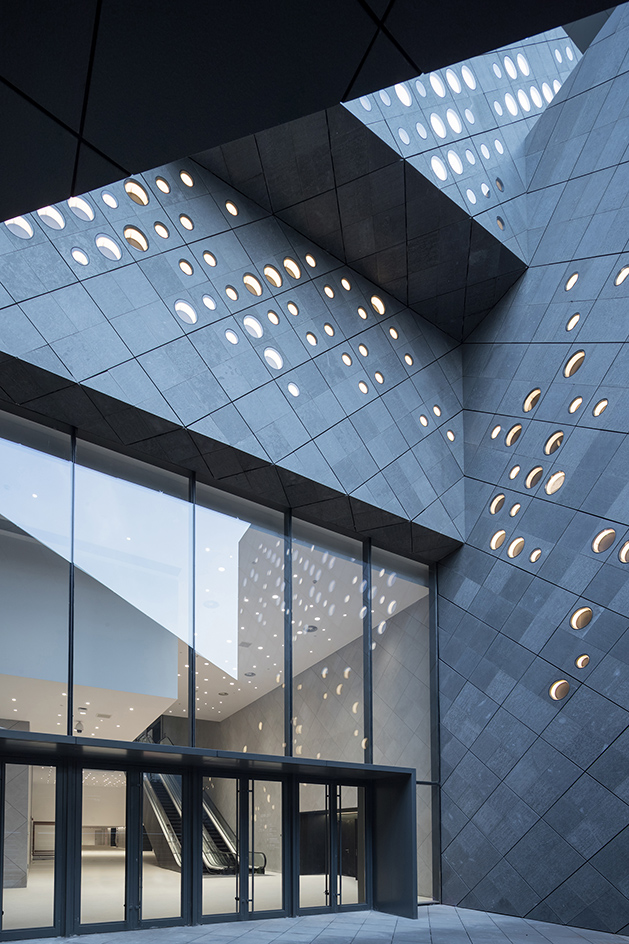
The double height entrance to the Guardian Art Center.
The design abstractly layers Chinese artistic and urban culture into its form – circular apertures embedded into the façade are patterned to reflect the undulating forms of the Fuchun Mountains captured by the treasured 14th century painter Huang Gongwang.
Yet the materials always offer an astute temperance of past and present – the brick pattern of the upper volume references the traditional architecture of the domestic hutong, however Scheeren builds with glass bricks that appear smooth and solid from the exterior, yet transparent from within bringing floods of light into the interior.
Similarly, the grey basalt stone of the lower volume is commonly used in older Chinese buildings, yet in Scheeren’s design it forms a series of playful cuboids rendering it modern in style.
The exterior shapes reflect the variation of interior functions of the Guardian Art Center, which holds exhibition and event space, auction halls, art storage and a boutique hotel within its walls.
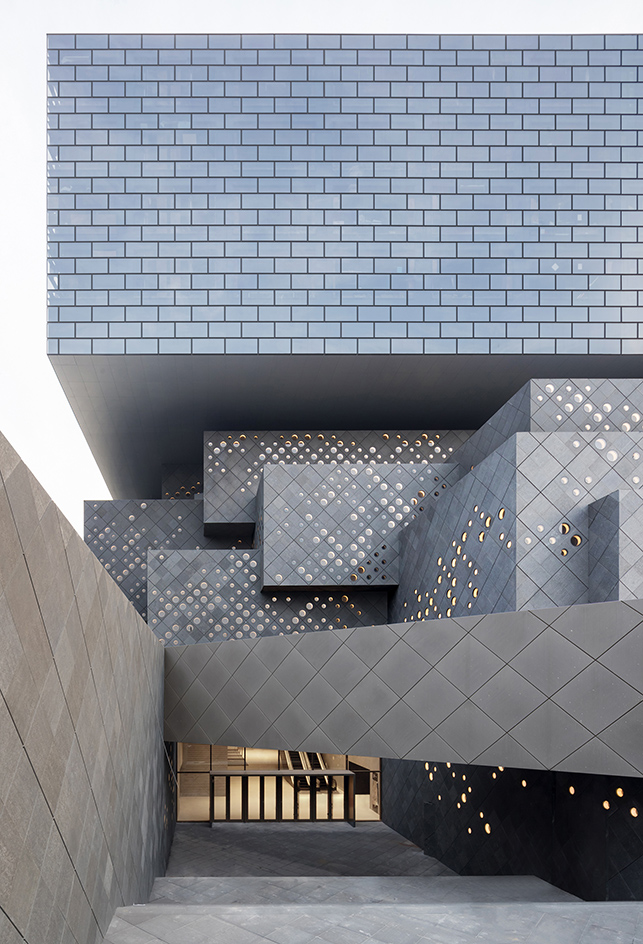
The upper and lower volumes of the building are distinctly arranged to refer to the interior programme.
‘The building brings art and culture back to Beijing’s centre,’ says Scheeren – the late 90s saw a shift in the city’s artistic centre to the 798 Art District, yet Scheeren sees the Guardian Art Center as a new pull for the art world and its community back to the heart of the city.
Scheeren’s design was the one that was selected out of 30 different designs put forward to Beijing’s planners over the course of 15 years.
‘They were concerned to find an architecture and an architect who would comprehend the context in a respectful way,’ says Scheeren, whose CCTV building in Beijing in the Central Business District for China Central Television (CCTV) Headquarters was selected back in 2002 for almost the opposite reasons: ‘The CCTV was dedicated to the future,’ says Scheeren of his last Beijing project which completed in 2012.
While equally as cutting-edge contemporary, the Guardian Art Center prides itself with its sensitive and layered response to tradition: ‘This is a building that, while contemporary, is about Chinese identity. It spans a nice bridge of two extremes of the city – the futuristic and historic.’
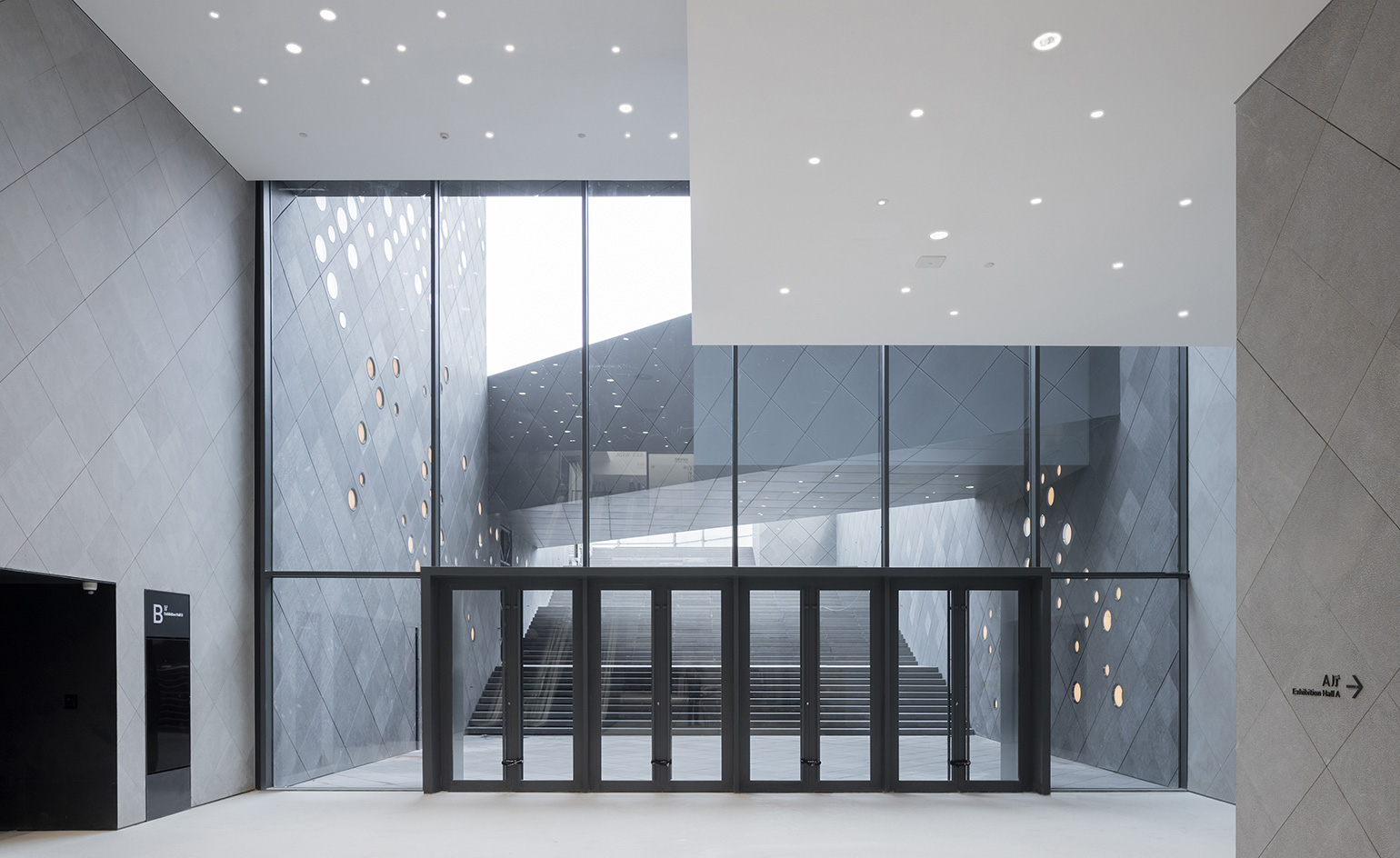
The entrance to the Guardian Art Center.
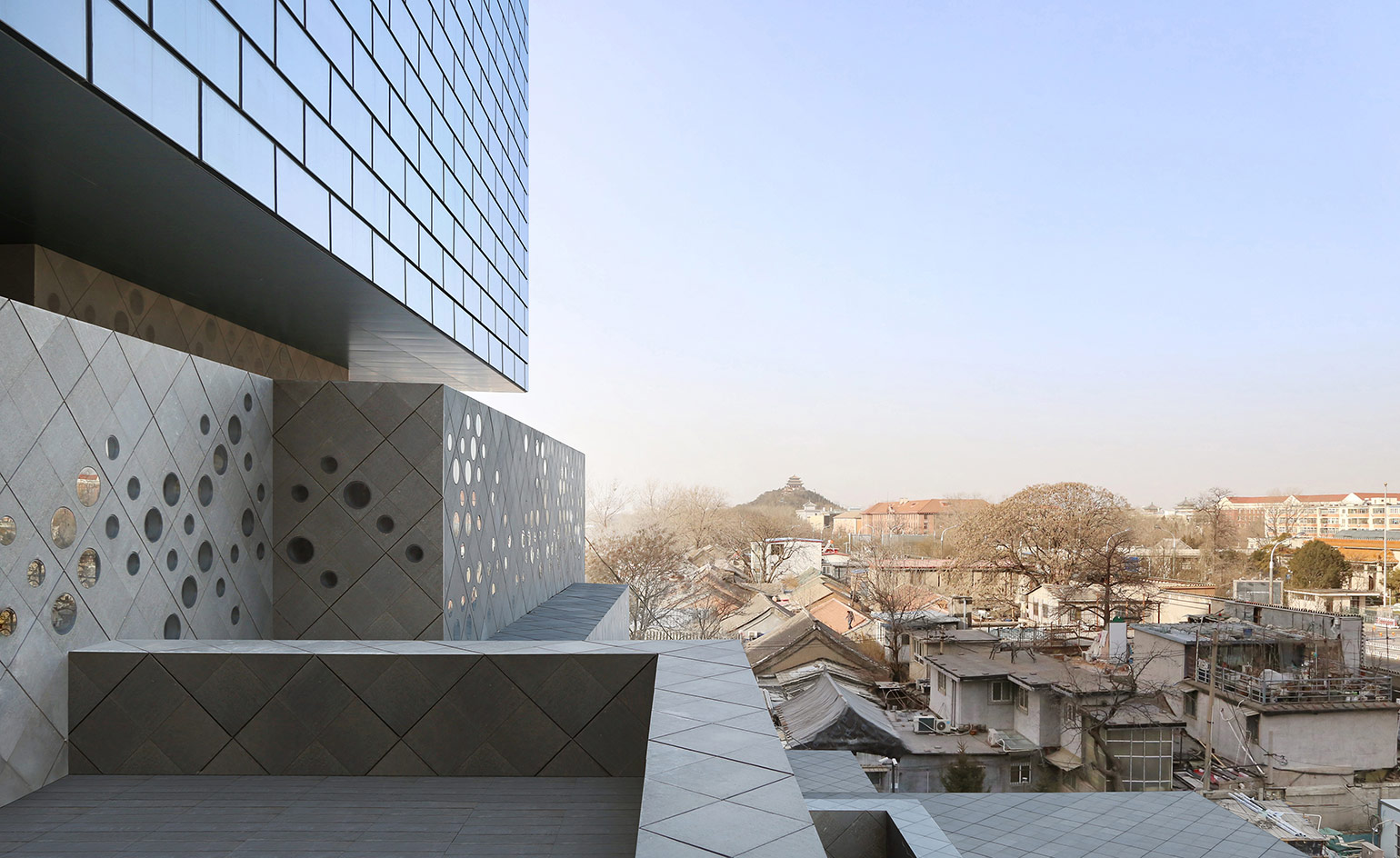
The domestic hutong style of Chinese architecture can be seen in the area surrounding the site
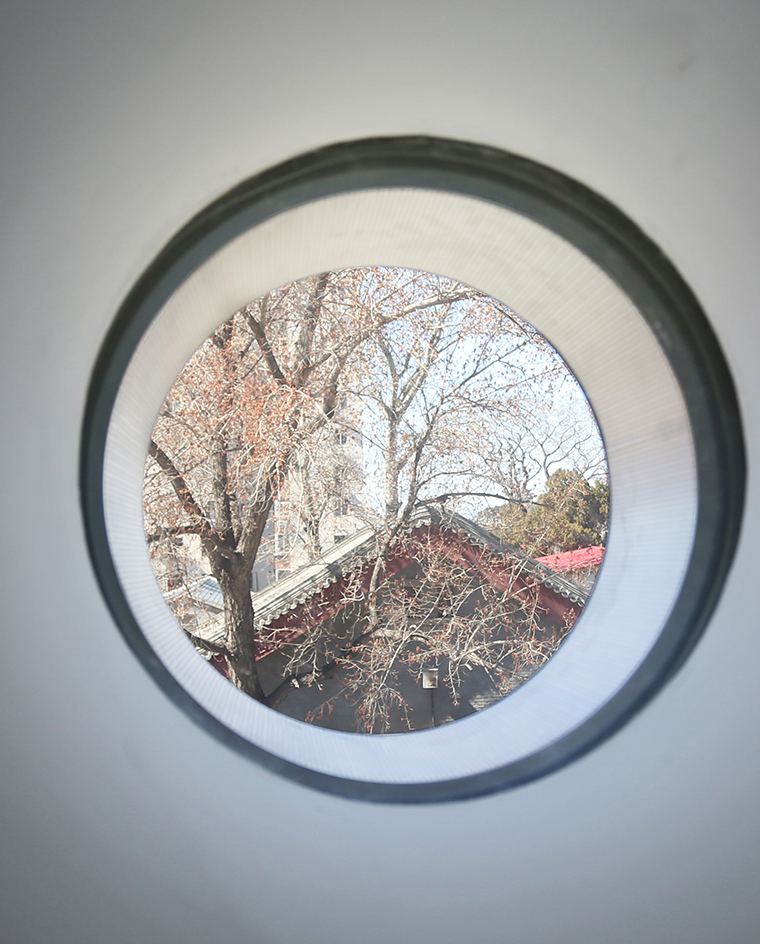
A circular aperture viewed from the interior
INFORMATION
For more information, visit the Büro Ole Scheeren website
Wallpaper* Newsletter
Receive our daily digest of inspiration, escapism and design stories from around the world direct to your inbox.
Harriet Thorpe is a writer, journalist and editor covering architecture, design and culture, with particular interest in sustainability, 20th-century architecture and community. After studying History of Art at the School of Oriental and African Studies (SOAS) and Journalism at City University in London, she developed her interest in architecture working at Wallpaper* magazine and today contributes to Wallpaper*, The World of Interiors and Icon magazine, amongst other titles. She is author of The Sustainable City (2022, Hoxton Mini Press), a book about sustainable architecture in London, and the Modern Cambridge Map (2023, Blue Crow Media), a map of 20th-century architecture in Cambridge, the city where she grew up.
-
 The Subaru Forester is the definition of unpretentious automotive design
The Subaru Forester is the definition of unpretentious automotive designIt’s not exactly king of the crossovers, but the Subaru Forester e-Boxer is reliable, practical and great for keeping a low profile
By Jonathan Bell
-
 Sotheby’s is auctioning a rare Frank Lloyd Wright lamp – and it could fetch $5 million
Sotheby’s is auctioning a rare Frank Lloyd Wright lamp – and it could fetch $5 millionThe architect's ‘Double-Pedestal’ lamp, which was designed for the Dana House in 1903, is hitting the auction block 13 May at Sotheby's.
By Anna Solomon
-
 Naoto Fukasawa sparks children’s imaginations with play sculptures
Naoto Fukasawa sparks children’s imaginations with play sculpturesThe Japanese designer creates an intuitive series of bold play sculptures, designed to spark children’s desire to play without thinking
By Danielle Demetriou
-
 A Xingfa cement factory’s reimagining breathes new life into an abandoned industrial site
A Xingfa cement factory’s reimagining breathes new life into an abandoned industrial siteWe tour the Xingfa cement factory in China, where a redesign by landscape architecture firm SWA completely transforms an old industrial site into a lush park
By Daven Wu
-
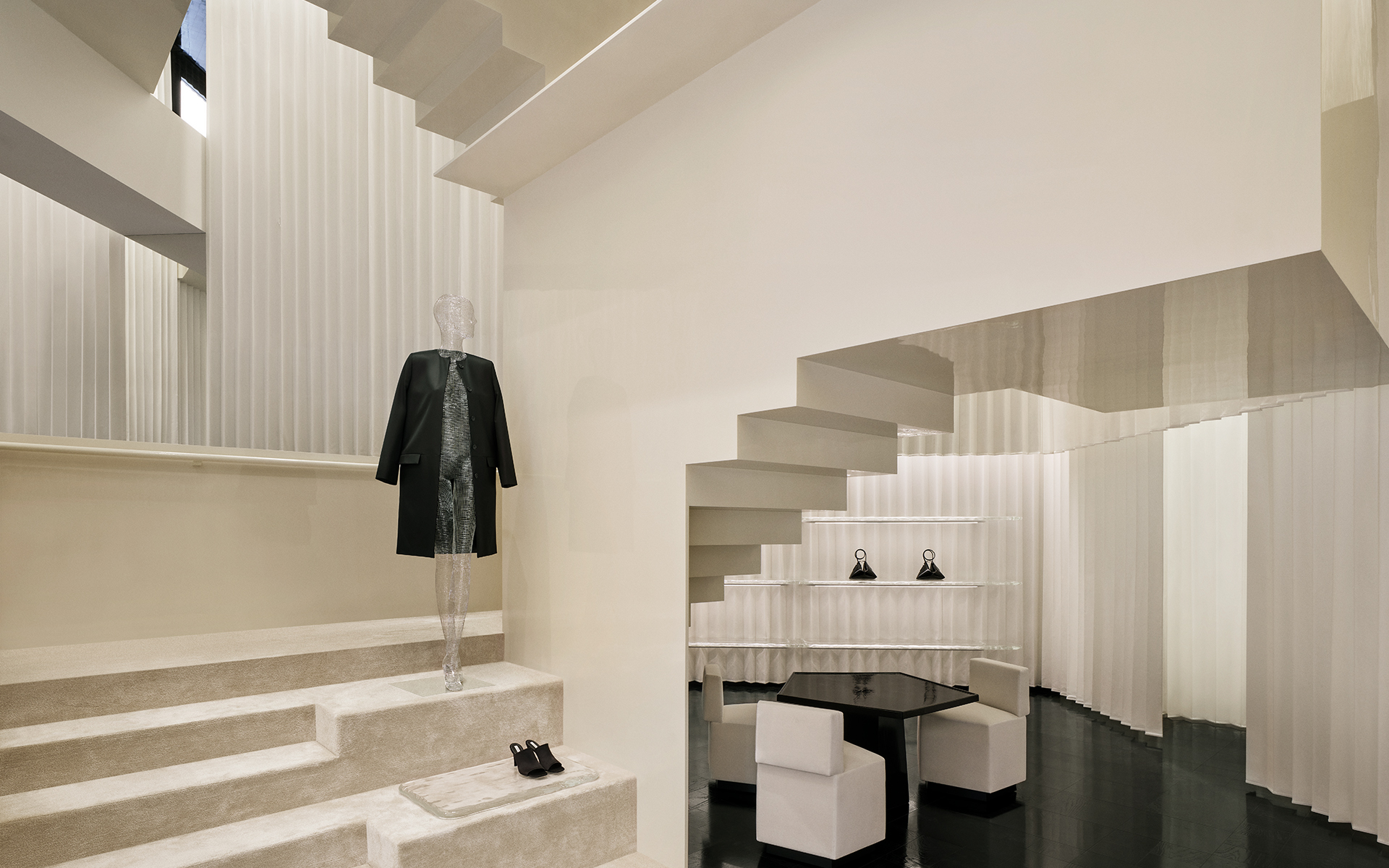 Bold, geometric minimalism rules at Toteme’s new store by Herzog & de Meuron in China
Bold, geometric minimalism rules at Toteme’s new store by Herzog & de Meuron in ChinaToteme launches a bold, monochromatic new store in Beijing – the brand’s first in China – created by Swiss architecture masters Herzog & de Meuron
By Ellie Stathaki
-
 The upcoming Zaha Hadid Architects projects set to transform the horizon
The upcoming Zaha Hadid Architects projects set to transform the horizonA peek at Zaha Hadid Architects’ future projects, which will comprise some of the most innovative and intriguing structures in the world
By Anna Solomon
-
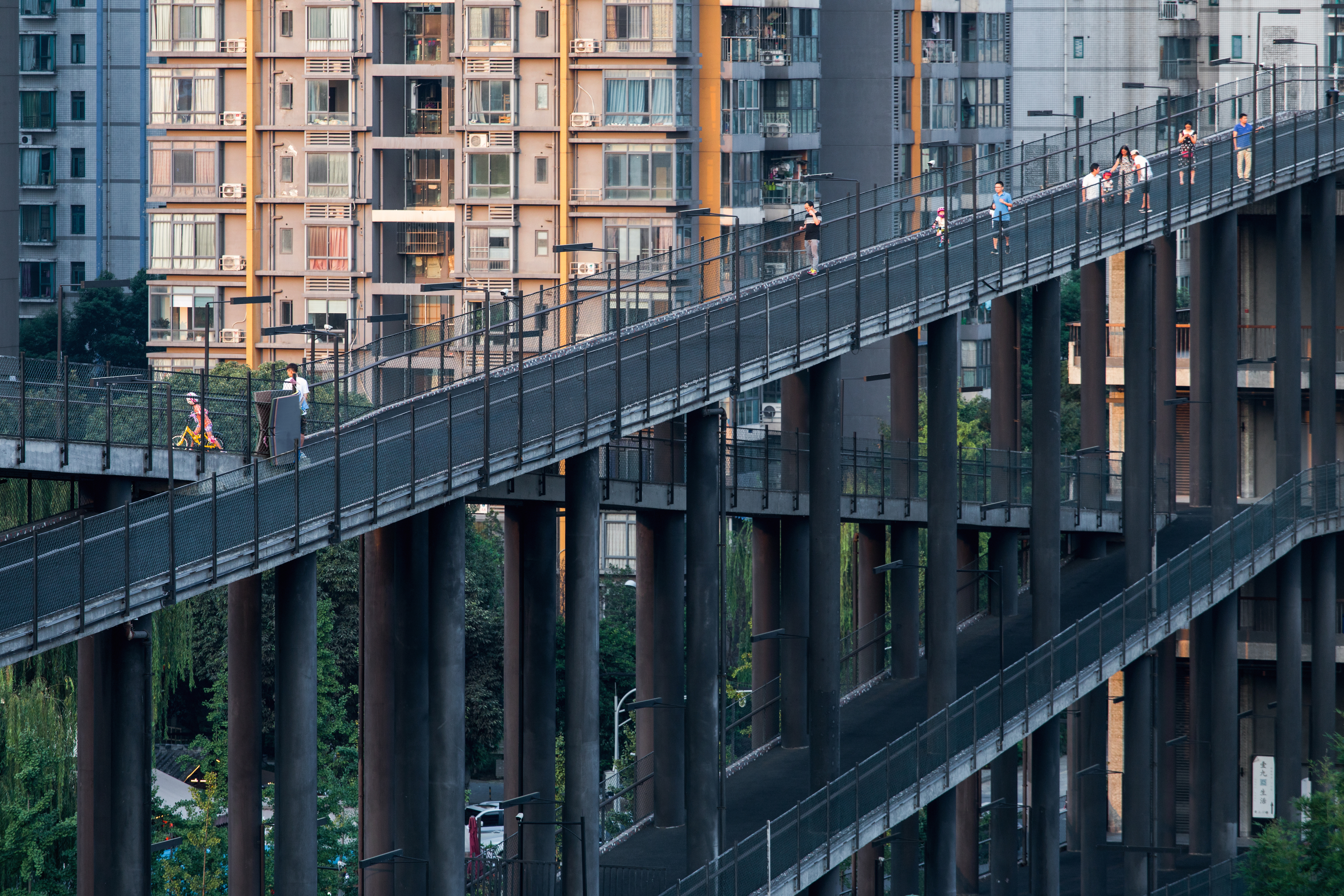 Liu Jiakun wins 2025 Pritzker Architecture Prize: explore the Chinese architect's work
Liu Jiakun wins 2025 Pritzker Architecture Prize: explore the Chinese architect's workLiu Jiakun, 2025 Pritzker Architecture Prize Laureate, is celebrated for his 'deep coherence', quality and transcendent architecture
By Ellie Stathaki
-
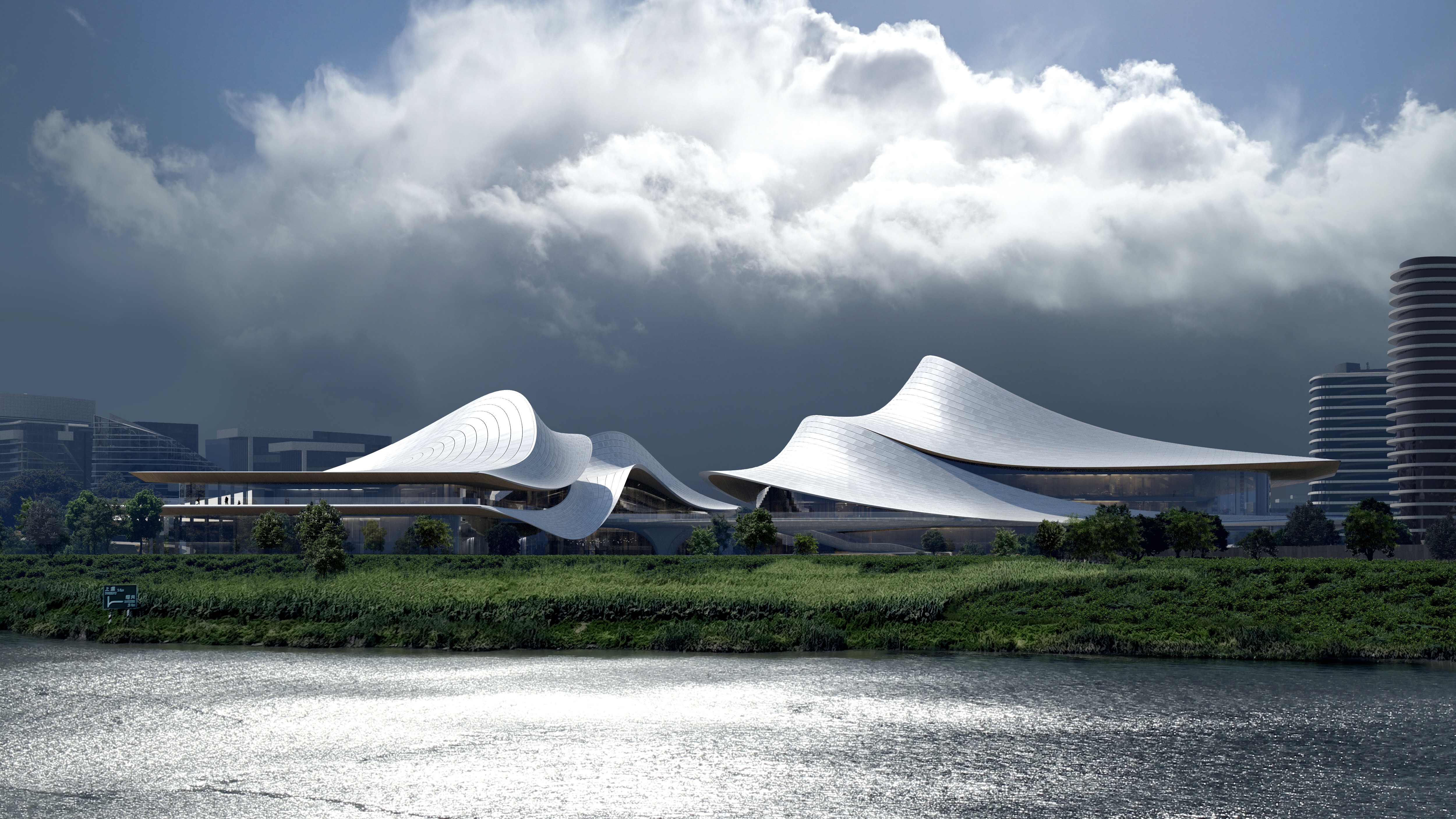 Zaha Hadid Architects reveals plans for a futuristic project in Shaoxing, China
Zaha Hadid Architects reveals plans for a futuristic project in Shaoxing, ChinaThe cultural and arts centre looks breathtakingly modern, but takes cues from the ancient history of Shaoxing
By Anna Solomon
-
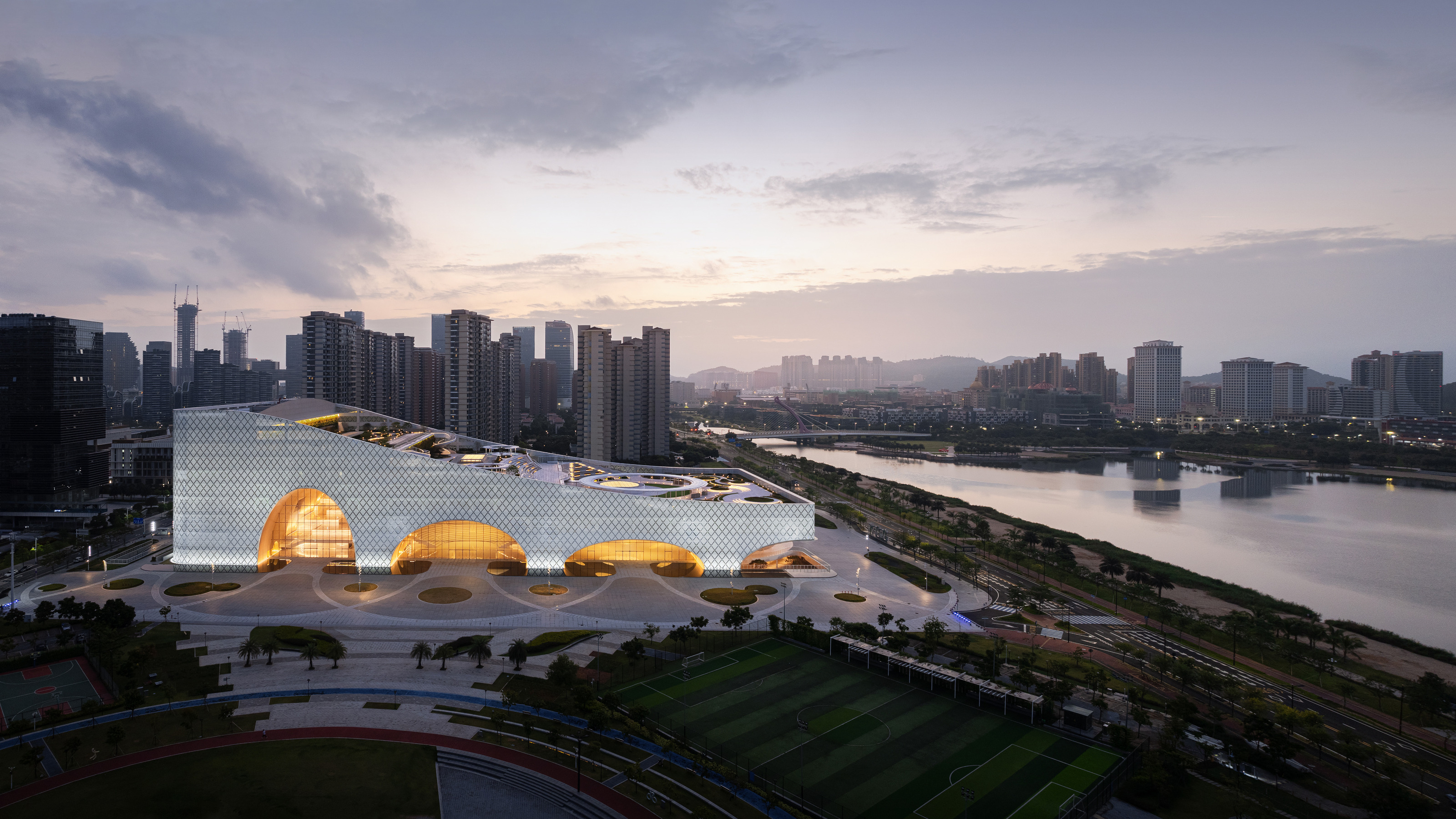 The Hengqin Culture and Art Complex is China’s newest cultural megastructure
The Hengqin Culture and Art Complex is China’s newest cultural megastructureAtelier Apeiron’s Hengqin Culture and Art Complex strides across its waterside site on vast arches, bringing a host of facilities and public spaces to one of China’s most rapidly urbanising areas
By Jonathan Bell
-
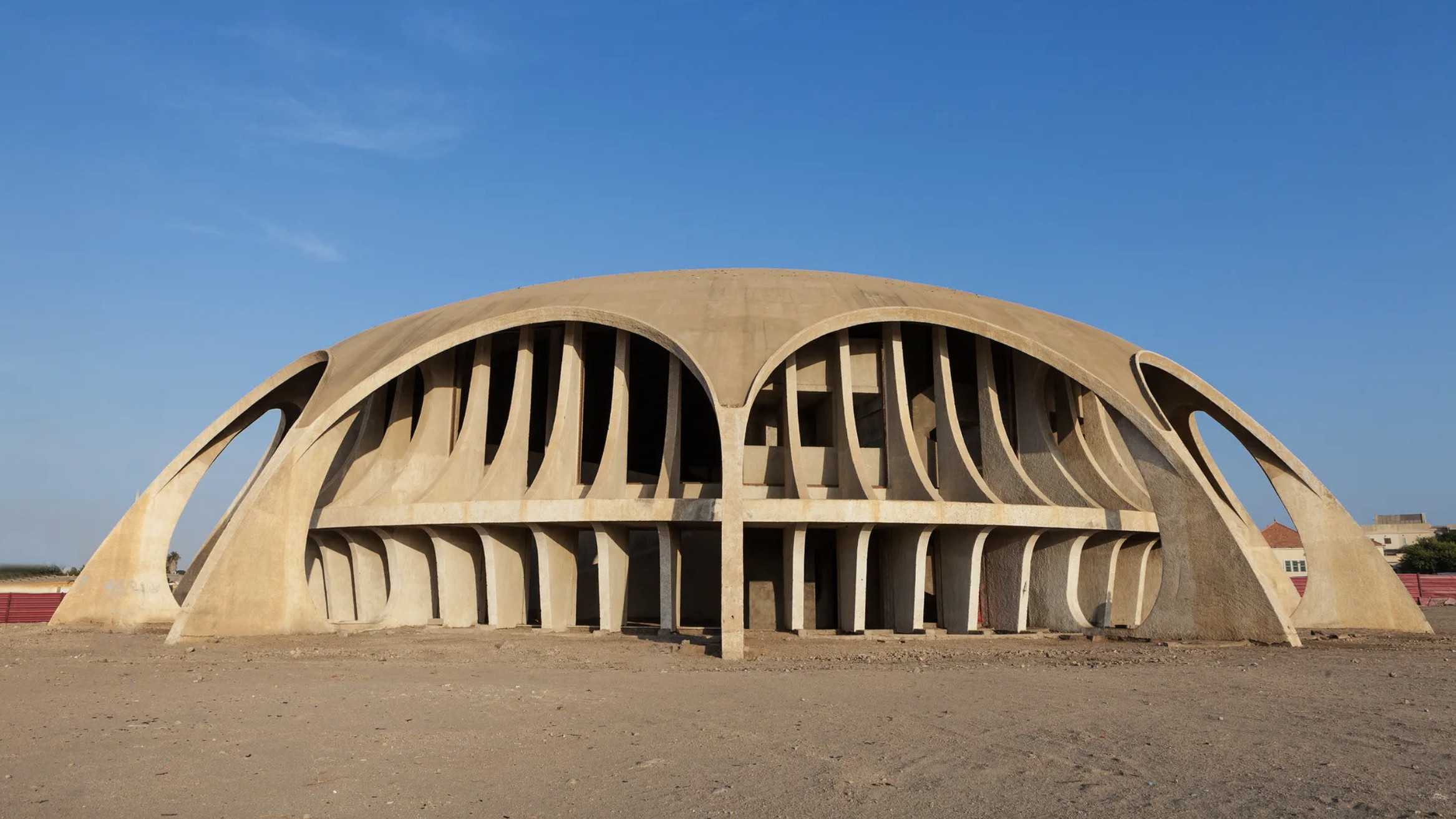 The World Monuments Fund has announced its 2025 Watch – here are some of the endangered sites on the list
The World Monuments Fund has announced its 2025 Watch – here are some of the endangered sites on the listEvery two years, the World Monuments Fund creates a list of 25 monuments of global significance deemed most in need of restoration. From a modernist icon in Angola to the cultural wreckage of Gaza, these are the heritage sites highlighted
By Anna Solomon
-
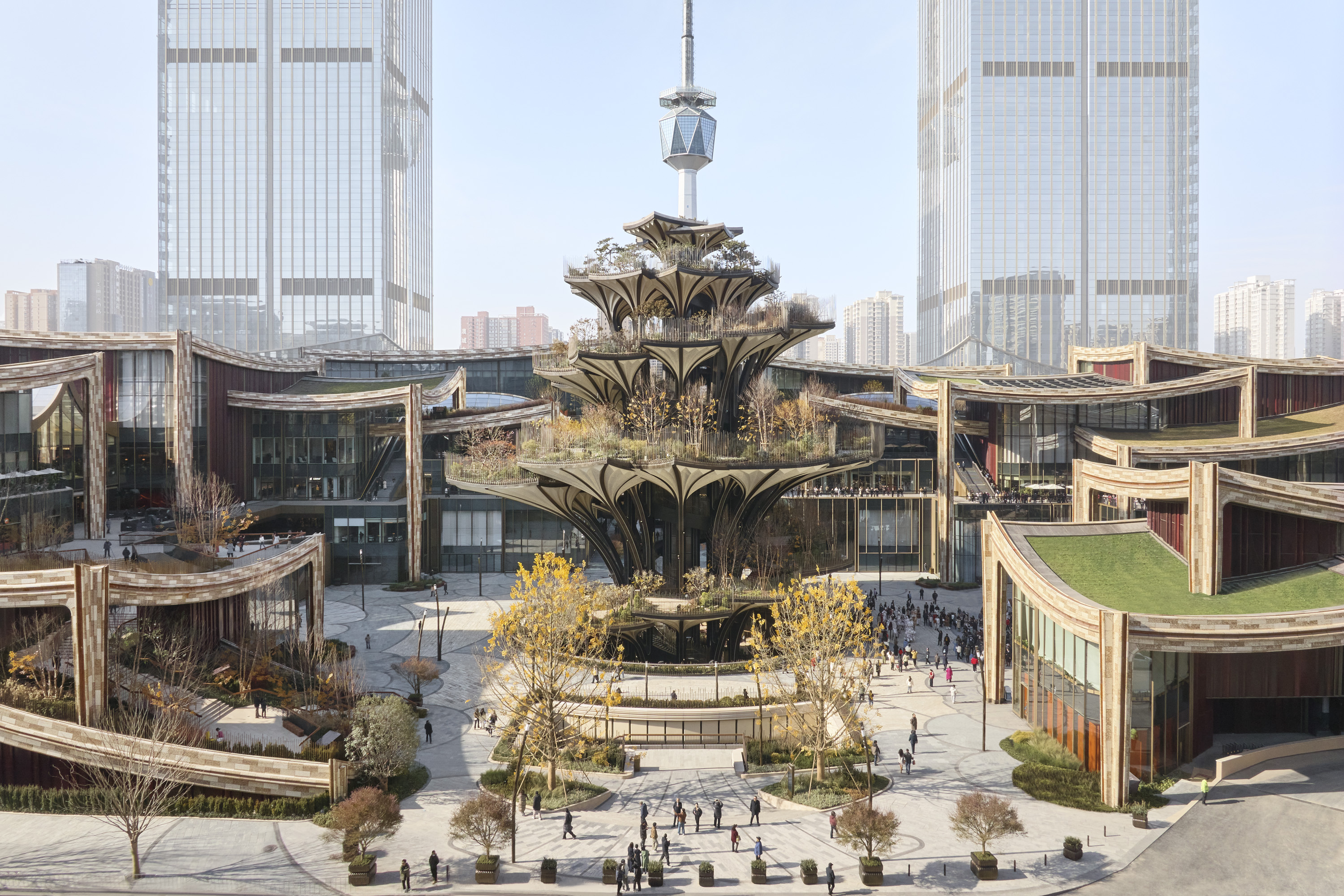 Tour Xi'an's remarkable new 'human-centred' shopping district with designer Thomas Heatherwick
Tour Xi'an's remarkable new 'human-centred' shopping district with designer Thomas HeatherwickXi'an district by Heatherwick Studio, a 115,000 sq m retail development in the Chinese city, opens this winter. Thomas Heatherwick talks us through its making and ambition
By David Plaisant